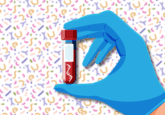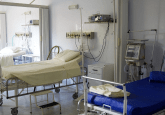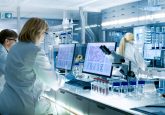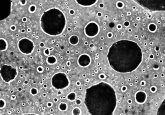RNA single-sequencing could lead to eight-cell embryo genetic testing
Univeristy of California, Los Angeles scentists collaborated with a team of scientists in China, to track the genetic development of mouse and human embryos to an eight-cell embryo level of accuracy.
Researchers at University of California, Los Angeles (CA, USA) have teamed up with scientists from Shanghai and State Key Laboratory of Reproductive Medicine (Nanjing, China) to develop the techonolgy of RNA single-sequencing to track the genetic development of human and mouse embryos.
This research could lead to more accurate and earlier diagnosis of genetic conditions, as early as in an eight-cell embryo. The researchers claim this a new way of looking at gene regulatory systems underlying early stage mammalian development. The study was led by Guoping Fan, Professor of human genetics and molecular biology at Univeristy of California, Los Angeles, and member of both the Jonsson Comprehensive Cancer Center and the Eli and Edythe Broad Center of Regenerative Medicine and Stem Cell Research.
RNA single-cell sequencing allows researchers to track down cell genetic make up by identifying expression patterns on proportions of polymorphic gene transcription. This leads to the determination of the precise nature of the total gene transcripts, and of all genes that are actively expressed in a particular cell.The researchers claim the implications for genetic disease are numerious including identification of the BRCA1/BRCA2 gene (predisposition for breast cancer), trisomys of chromosome 13, 18 or 21 (lead to Patau, Edwards and Downs syndrome respectively), or for genes that lead to protein dysfunction such as sickle cell anemia. Identification of these abnormalities early on could lead to possibilty of gene therapy.
This new technique may also have future important implications in reproductive medicine. “Previous to this paper we did not know this much about early human development,” commented Kevin Huang, the study’s co-first author and a postdoctoral scholar in Fan’s laboratory. “Now we can define what ‘normal’ looks like, so in the future we will have a baseline from which to compare possible genetic problems. This is our first comprehensive glance at what is normal.”
Prenatal diagnosis may be significantly improved by this technique; tests could be carried out using a much smaller amount of genetic material of one cell and done much earlier from gesation at the eight-cell embryo stage. This would be a huge step up from current aminocentesis testing, which is carried out at 15 weeks of pregnancy.
Sources: UCLA and Chinese scientists analyze genetic makeup of human and mouse embryos in unprecedented detail ;Xue Z, Huang K, Cai C et al. Genetic programs in human and mouse early embryos revealed by single-cell RNA sequencing. Nature DOI:10.1038/nature12364 (2013) (Epub ahead of print).




